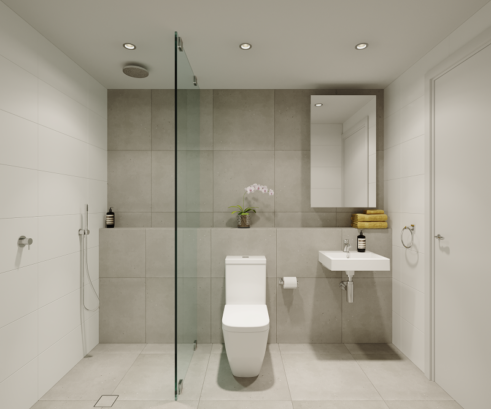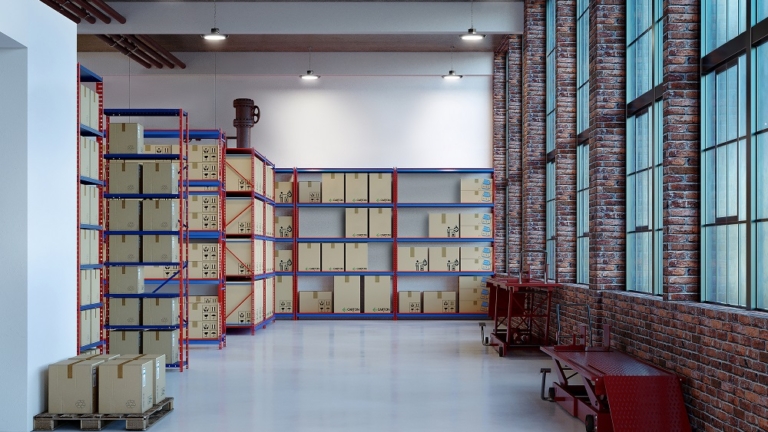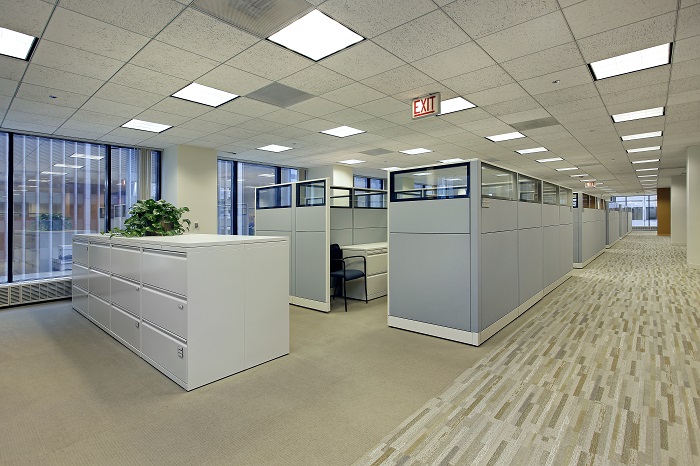
We are a leading manufacturer of quality internal and external lighting products for commercial, industrial and retail applications.
View all productsAt Ansell Lighting we design and manufacture an extensive range of luminaires for a diverse number of sectors and applications. Whatever the shape, purpose or style of your space, we have a lighting solution.
View all sectors & applicationsWe are a leading manufacturer of quality internal and external lighting products for commercial, industrial and retail applications.
Welcome to Ansell lightingWe are here to answer any questions you may have, help you find a stockist or speak to a local member of our team.
OCTO delivers the complete smart lighting package to transform the efficiency and ambience of commercial and residential spaces.
Find information regarding our product warranty, product data downloads and FAQs regarding lighting and technical terms. Here you will find support with training CPDs as well as useful lighting design and LED strip calculators.
Lighting – Building Use Classes

All buildings in England are defined within one of the ‘Use Classes’ given in the Town and County Planning (Use Classes) Order 1987. The UK Government has implemented amended regulations, which came into force on the 1st of September 2020, to the Use Classes Order (UCO) and the Permitted Development Rights (PDR), to provide quicker and more cost effective way, with greater flexibility, for changes in the use of commercial buildings, without the need or requirement to engage in obtaining planning approval.
Permitted Development Rights (PDRs) are rights to make certain changes to a building without the need to apply for planning permission and derive from general planning permission granted by Parliament, rather than from permission granted by the Local Planning Authority (LPA), relevant to the location of the building, however, before some PDRs can be used, the developer must first obtain “prior approval” in relation to specified aspects of the development from the Local Planning Authority, where some PDRs cover building operations, such as home extensions, whereas others cover change of use of buildings.

The rules relating to when a change of use for a building does and does not require planning permission are set out in UKSI 1987 No. 764, The Town and Country Planning (Use Classes) Order 1987, where it puts uses of land and buildings into various categories known as “use classes”. The categories give an indication of the types of use which may fall within each of the use classes and is only a general guide as it is for the Local Planning Authority to determine, in the first instance and depending on the individual circumstances of each case, to which class a particular use falls into. The UKSI 1987 No. 764, The Town and Country Planning (Use Classes) Order 1987 was amended by the UKSI 2010 No. 653, The Town and Country Planning (Use Classes) (Amendment) (England) Order 2010 and the UKSI 2015 No. 596, The Town and Country Planning (General Permitted Development) (England) Order 2015.
A change of use of land or buildings will require planning permission if it constitutes a “material change of use” but there is no statutory definition of material change of use and whether a material change of use has taken place is a matter of fact and degree that will be determined on the individual merits of a case. In the first instance this will be determined by the relevant Local Planning Authority. Until the 1st of September 2020, there were four main categories of defined Building Classes, where Class A was for shops and other retail premises such as restaurants and bank branches, Class B was for offices, workshops, factories and warehouses, Class C was for residential uses and Class D was for non-residential institutions, assembly and leisure uses. Not every use of building is put into a use class under legislation, and where those that are not, are termed as being “sui generis”, where a building or business is, or to be sui generis, then there will normally need to be a planning application to change the use under the procedures set out in the Town and Country Planning Act 1990.
From the 1st of September 2020, The Town and Country Planning (Use Classes) (Amendment) (England) Regulations 2020 came into force, with their territorial extent being England and Wales, however, their territorial application is England, where parts of these regulations were either revoked or amended whilst they also created new use classes.
Use Classes A (A1, A2, A3, A4, A5) and Classes D (D1, D2) have been fully revoked from the Use Classes Regulations in their entirety and Class B has been amended, revoking part of the class (B1a, B1b, B1c) and retaining part of the class (B2, B8) within the new Regulations.
Three new classes have been added to the Regulations, that of a broad Class E for commercial, business and services, Class F.1 for learning and non-residential institutions, and Class F.2 for local community, so as to remove the need to obtain planning permission for some changes between various non-residential uses required under the previous use classes order. Shops fall into Class E, that of commercial, business and services or into Class F2 for local community, depending upon their size, with smaller shops falling into the local community category, which suggested that this recognises the role of small, local shops in meeting day to day shopping needs of the public. These Regulations also moved some uses, including what used to be Class A4 for drinking establishments, Class A5 for hot food takeaways and Class D2 for cinemas, concert, dance and bingo halls, out of those previous use classes, into the “sui generis” category, as this provides some measure of protection against change of use, in that any change of use cannot be done under Permitted Development Rights (PDR) and as such will require planning permission.

The Explanatory Memorandum to these Regulations said that transitional provisions in retaining the effect of the Permitted Development Rights based on use classes in place before these Regulations came into force, would apply until 31st of July 2021, during which time, a consultation process from 3rd of December 2020 to 28th of January 2021 was implemented by the Ministry of Housing, Communities and Local Government, where some of the points of the consultation included, change of use from the new use class E (commercial, business and service) to C3 residential, an amended extension of schools, colleagues, universities and hospitals, a similar right for prisons and defence sites, faster decisions on applications for planning permission and existing PDRs to be consolidated and simplified.
From implementation of the Regulations the 1st of August 2021, the detail below provides an overview with regard to the changes and comparisons between old and new use classes, however, as this just offers a simplified, but relevant information, it may not be deemed as being definitive or exhaustive, so should be used as a guide, but with caution.
Class A – REVOKED – A1 Shops / A2 Financial and professional services / A3 Restaurants and cafés / A4 Drinking establishments / A5 Hot food takeaways
Class B – B1 Business – B1(a) Offices – Other than a use within Class A2 (see above) / B1(b) Research and development of products or processes / B1(c) Industrial processes = B1 now in Class E
B2 – General industrial
B8 – Storage or distribution
Class C – Retained
Class D – REVOKED – D1 Non-residential institutions / D2 Assembly and leisure
NEW – Class E – commercial, business and service
NEW – Class F.1 – learning and non-residential institutions
NEW – Class F.2 – Local community
Sui Generis – As before, but with additions from other revoked classes
In expanding a little on the content above, the table below may offer a more detailed view of the new use classes.
| USE CLASS | TYPE | DETAIL |
| Class B2 | General industry | Industrial process,
other than one falling within the uses described in Class E, sub-paragraph (g) |
| Class B8 | Storage and distribution | |
| Class C1 | Hotels | Hotels, boarding and guest houses (where no significant element of care is provided) |
| Class C2 | Residential institutions | Residential accommodation and care to people in need of care, residential schools, colleges or training centres, hospitals, nursing homes |
| Class C2a
|
Secure residential institutions | Prisons, young offenders’ institutions, detention centres, secure training centres etc. |
| Class C3
|
Dwelling-houses
|
Uses as a dwelling-house (whether or not as main residence) by: (a) a single person or single household; (b) a single household of not more than 6 residents where care is provided; or (c) a single household of not more than 6 residents where no care is (other than a use within class C4) |
| Class C4 | Houses in Multiple Occupation | Residential |
| Class E | Commercial, Business and Service | Use, or part use, for all or any of the following purposes:
a) Shop other than for the sale of hot food b) Food and drink which is mostly consumed on the premises c) the following kinds of services principally to visiting members of the public (i) financial services, (ii) professional services (other than medical services) (iii) any other services which it is appropriate to provide in a commercial, business or service locality d) Indoor sport and recreation (not swimming pools, ice rinks or motorised vehicles or firearms) e) Medical services not attached to the residence of the practitioner f) Non-residential creche, day centre or nursery g) (i) office (ii) the research and development of products or processes (iii) any industrial process, (which can be carried out in any residential area without causing detriment to the amenity of the area) |
| Class F.1 | Learning and
non-residential institutions |
Any use not including residential use:
a) For the provision of education b) For the display of artwork (not for sale or hire) c) As a museum d) As a public library or public reading room e) As a public hall or exhibition hall f) For, or in connection with, public worship or religious instruction g) As a law court |
| Class F.2 | Local Community Uses | a) A shop of not more than 280 square metres, mostly selling essential goods, including food, where there is no other such facility within 1000 metre radius of the shop’s location
b) Community halls and meeting places c) Outdoor sport or recreation (not involving motorised vehicles or firearms) d) Swimming pool or ice-skating rink |
| Sui generis | Uses which do not fall within the specified use classes above, including those specifically identified in Article 3(6) of The Town and Country Planning (Use Classes) Order 1987:
(a) theatre, (b) amusement arcade or centre, or a funfair, (c) launderette, (d) petrol filling station, (e) sale or display for sale of motor vehicles, (f) taxi business or business for the hire of motor vehicles, (g) as a scrapyard, or a yard for the storage or distribution of minerals or the breaking of motor vehicles (h) for any work registrable under the Alkali, etc. Works Regulation Act 1906, (i) hostel, (j) waste disposal installation, (k) retail warehouse club, (l) nightclub, (m) casino, (n) betting office, (o) pay day loan shop, (p) public house, wine bar, or drinking establishment, (q) drinking establishment with expanded food provision, (r) hot food takeaway, (s) live music performance venue, (t) cinema, (u) concert hall, (v) bingo hall, (x) dance hall |
You Might Also Be Interested In...

